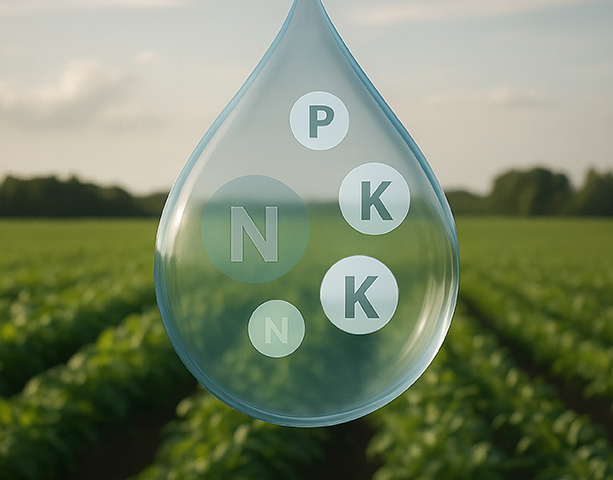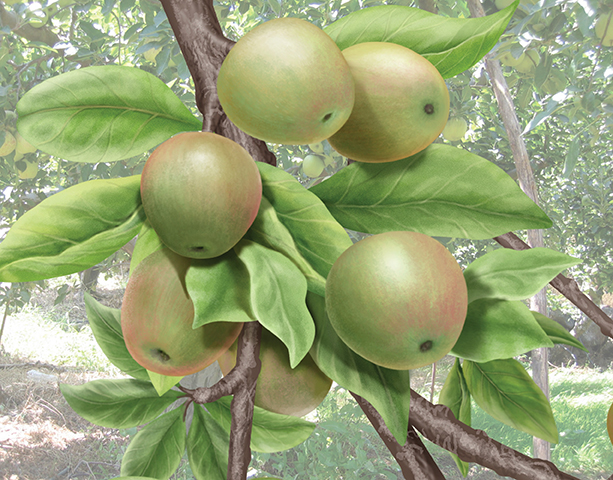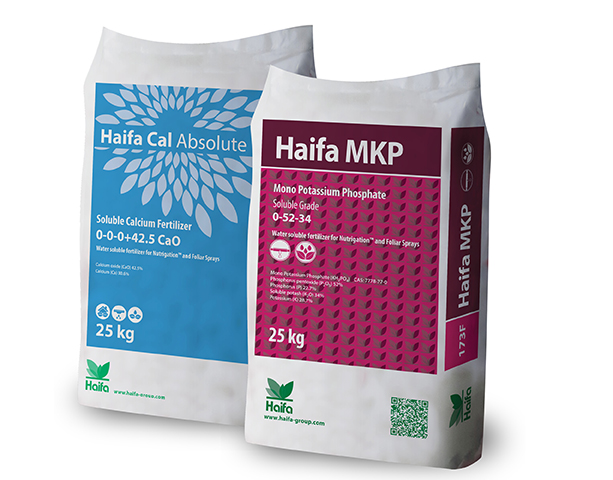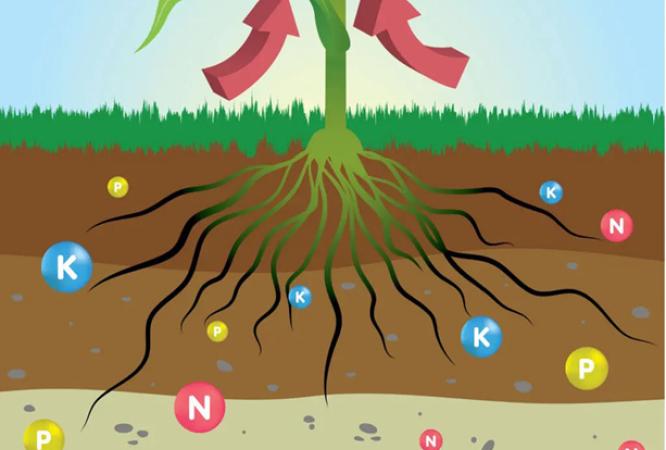 In modern crop production, achieving optimal yields and crop quality depends on more than just supplying nutrients: it demands precise application timing, a balanced nutrient ratio, and adaptability throughout the growing season.
In modern crop production, achieving optimal yields and crop quality depends on more than just supplying nutrients: it demands precise application timing, a balanced nutrient ratio, and adaptability throughout the growing season.
Among all essential nutrients, nitrogen plays a dominant role. However, while nitrogen is crucial for vegetative growth, excessive amounts at the wrong time can impair plant development, delay ripening, and increase susceptibility to pests and stress. That’s where low-nitrogen and nitrogen-free fertilizers come into play, offering refined tools for precision nutrition.
Why Nutrient Balance Matters
Crops have evolving nutritional needs throughout their lifecycle. As physiological processes shift from vegetative growth to flowering, fruit set, and maturation, the balance of nutrients must shift accordingly. During these later stages, too much nitrogen can cause:
Excessive canopy growth that limits airflow and light penetration
Delayed flowering and fruit ripening
Increased vulnerability to fungal and bacterial infections
Suppressed development of color and flavor in fruits
For instance, when growing seedlings, applying a low rate of nitrogen is crucial to promote strong root development rather than excessive leafy growth. In vegetable seedlings specifically, excessive early nitrogen can result in tall, weak plants with poorly developed root systems. Similarly, in apple orchards, nitrogen management becomes especially important during the color break stage. Applying high levels of nitrogen at this point can delay fruit coloration and harm fruit quality. To counter this, growers typically reduce or halt nitrogen applications late in the season to enhance fruit color and improve storage quality.
Low-nitrogen fertilization allows growers to reduce nitrogen precisely when needed, while continuing to supply other essential nutrients such as potassium, calcium, or magnesium.
 |  |
Low-Nitrogen Formulas: Tools for Flexibility and Control
Low-nitrogen or nitrogen-free fertilizers are not stand-alone solutions. Rather, they are integrated into seasonal fertilization plans that begin with nitrogen-rich formulations during early vegetative growth and transition to nitrogen-limited formulas at reproductive stages. This approach enables precise control over the nutrient profile at any point in time.
A key benefit of using nitrogen-free products is that they allow better flexibility when planning fertilization program. While most binary fertilizers contain nitrogen as a companion nutrient, this may not suit all crop stages. Without nitrogen-free options, growers often struggle to meet crop needs for nutrients like potassium or calcium without oversupplying nitrogen.
For instance, while combinations of Multi-K™ potassium nitrate and Haifa MAP™ can satisfy crop requirements during phases of vegetative growth, Haifa MKP™, that provides nitrogen-free phosphorus and potassium, enables reaching the desired nutritional balance during the reproductive phases. Similarly, Haifa Cal™ Absolute, that provide nitrogen-free calcium, is preferred over calcium nitrate fertilizers when nitrogen application should be restricted.

Nutritional Precision Meets Environmental Responsibility
Nitrogen is not only the most consumed nutrient but also the one with the highest environmental risk. When not absorbed by the plant, nitrogen may volatilize as ammonia or leach as nitrate into groundwater. This leads to both economic losses and environmental harm.
Using low-nitrogen fertilizers at the right stage:
Helps prevent nutrient waste
Reduces the risk of nitrate leaching and water pollution
Contributes to more sustainable farming practices
A Complement to Precision Fertilization Strategies
It’s important to distinguish nitrogen-free fertilizers from chlorine- or sodium-free products, which are always preferred due to the potential toxicity of those elements. In contrast, nitrogen-free fertilizers are selectively used during specific growth stages to fine-tune the nutrient balance.
By combining nitrogen-free products with other specialty fertilizers, growers can build flexible and effective fertilization programs that deliver optimal nutrition –without the downsides of excessive nitrogen.
In summary, low-nitrogen fertilizers are powerful tools in the precision agriculture toolbox. When used strategically, they support crop performance, reduce environmental impact, and enhance the grower's ability to respond to each stage of the plant’s lifecycle with accuracy and confidence.




